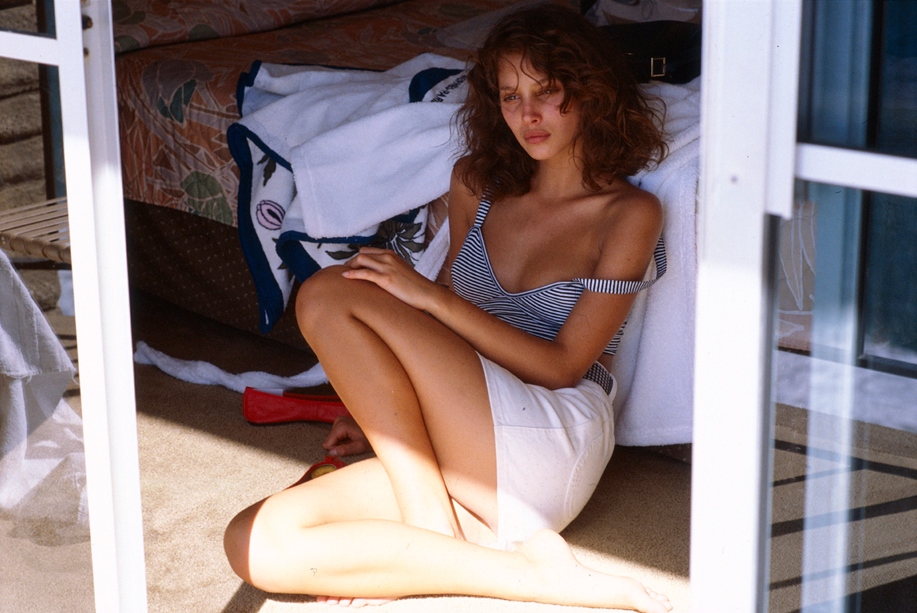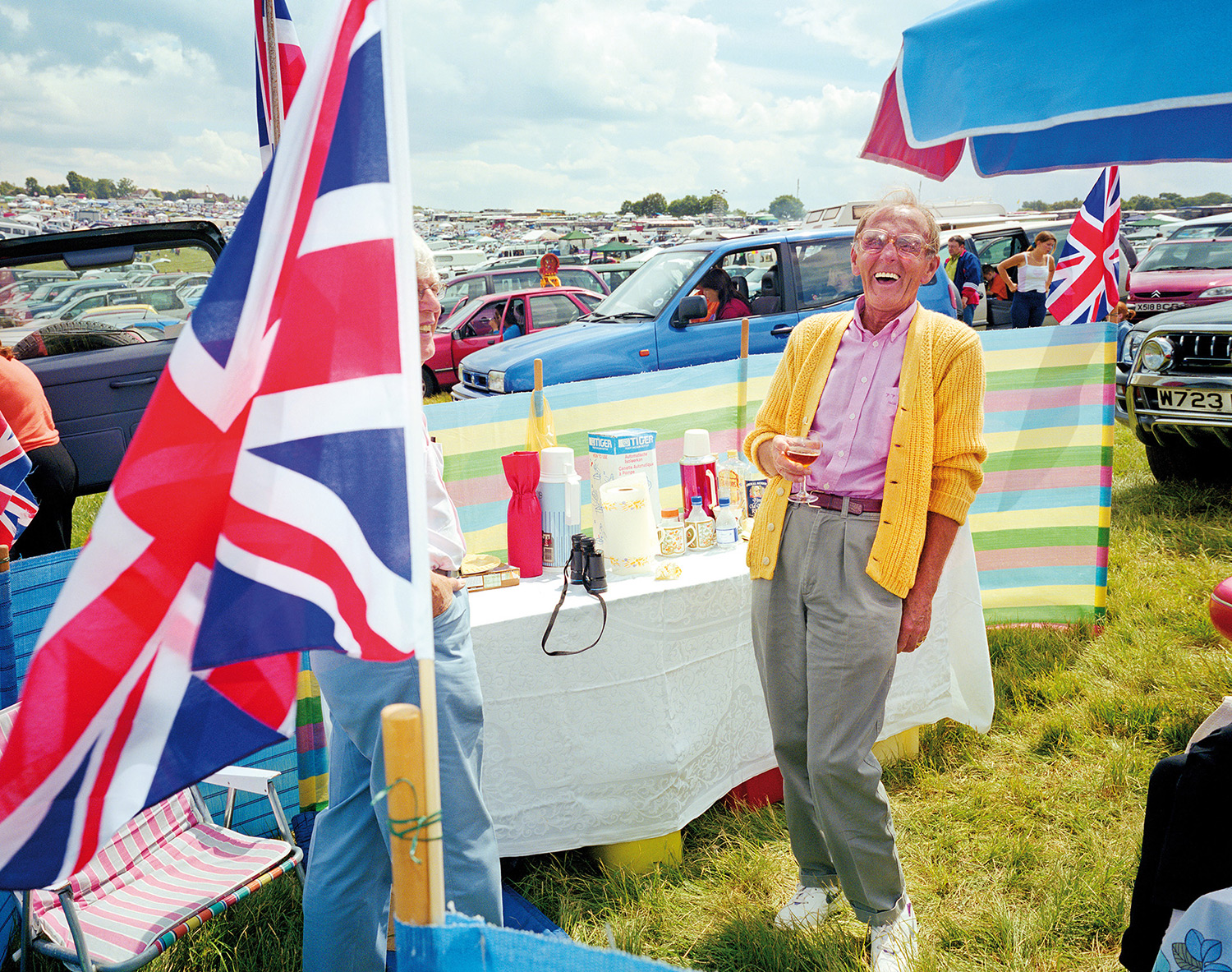
Fashion Photographer Denis Piel:
“I Have Yet To Get Bored by Beauty.”

Fashion photographer. Worked in Australia, Paris, London, Milan, and New York City. Worked for renowned media outlets, including Vogue, GQ, and Vanity Fair. In 1987, received a Leica Medal of Excellence for Commercial Photography.
Your photos are largely cinematographic. At the same time, you came to fashion photography, which — correct me if I am wrong — does not have much of a back story. How did this happen?
I started off as a commercial photographer, when I was very young. And I discovered fashion, and I developed in that direction: it seemed like a very creative field and very glamorous, and it seemed like there were opportunities. The whole world was exploding, it was in the 60s, and everything was changing, the way people reacted with each other. It just happened.
The 80s was like a golden era for fashion and fashion photography. What do you think is happening there now, and what’s your attitude to what’s happening?
I don’t follow it really, so it’s really hard for me to give you a real response. I think that the magazine world has changed enormously, and it is inevitable that magazines as hard copies may as well disappear, I think. Maybe not, but [they will be there] in a much less popular way. Magazines already are moving more and more online, consequently the possibility should be greater: because they can introduce film a lot more, they can introduce sound — they can introduce dimensions that I was always hoping to get into my pictures.

Do you think that fashion photography will grab those opportunities?
I think, if you talk about fashion in itself, it offers an incredible opportunity to tell all sorts of stories that are human as well as fashion. My interest in fashion was always minimal — it was part of what I did, it was my profession — but I think it offers an opportunity to go deeper and to make something more interesting, and more humane, and more human in relationships, I think it offers that opportunity. Now, I haven’t seen that happen, but I think it could happen. I think it would be very attractive for the public.
In the world of fashion, there is a lot of obsession with youth and beauty. Have you ever gotten bored with this?
No, I have yet to get bored by beauty. And youth is the future, always, it’s got to be optimistic.
So, do you never want to tell a story about some different kind of beauty, like elderly beauty?
I absolutely do. Some of the most beautiful people I’ve met are women who have aged incredibly, who haven’t had their faces re-lifted, who are full of lines — but their character comes through, and it’s all about character. And beauty is much deeper than a non-wrinkled face. You can have someone who is very young with absolutely perfect complexion who has amazing personality that comes through. But the same person without any personality — I am sorry, there is no beauty. I think the beauty in people is what they project from themselves, and how they are with themselves and with other people.

Do you give thorough advice to your models about what story to tell or do you give general advice and let them improvise?
It varies. I generally have a very strong direction that I want to go in, but within that strong direction I also open the door enormously. To give her the opportunity to explore the concept is what’s exciting. And that’s when the mistakes happen, and that’s when the best pictures happen — when she’s lost her way.
I often feel tricked looking at your pictures, because I think — is it really happening or is she playing it?
Obviously, I think, when it is really happening, it is much more genuine, and it shows in the face, in the expression in the eyes — it is quite different from when somebody is just pretending to do something. If you look at people you can talk to regularly, you can see whether they are listening to you or they are somewhere else; the same thing with the model. You are constantly pushing that element — where are you, who are you, what are you thinking about. I might say: “I want you to think a little bit about this” — and it may be just an abstract thought, nothing to do with the shoot. But it takes her somewhere, and then she will play with that idea. It is building a relationship between me and her in a way that we understand we are playing a game. What is really important from my point of view, it gives a model some grounding, and she walks away with something a little bit more satisfying.
So, you basically have some deep knowledge of these people, because they have shown you something very personal. Does it change how you feel about these people and about this role that you are playing?
I don’t think you can take it too seriously. I am looking for that element of reality, but I am not looking to invade their privacy. I may invade their privacy because I want their thought processes to go there, but they don’t have to tell me about that. I am not asking them to give me their life story. I want them maybe to think about it, because when you think a certain way, your body reacts that way — there is a relationship between your mind and your body, and when those things come together, you probably have a very interesting picture.
Your exhibition in Moscow is called Film Stills, which also reminds me of Cindy Sherman’s work. Is there any connection?
No, the name of the exhibition has no relationship to Cindy. It is a book that I am bringing out, which is called Filmscapes, and the pictures from the exhibition are inspired by that book, which hasn’t come out yet, and which I hope will be published this year. The book shows the pictures as they were in a magazine, and then I show the pictures as I saw them, my choices within those shoots. I tell the story, and each story unfolds as complete. I’ve always worked very cinematographically — a bit like a film director, if you like: I am giving people a scenario, I am giving them directions, I am asking them to think certain ways and react in certain ways.

Lately, you have basically switched from photography to cinema?
I switched, but I kept doing pictures. I just went for doing more and more personal projects. I just finished this enormous project called Down to Earth — and I think it’s my best work today. It is a direct correlation between the earth and the body, and it is about getting back to basics and what is really important. And I think we probably need that today. It is very visual and it is very related to growth, pollination, death — the whole cycle of life, but related to the earth, to the body.
If you were now in your 30s, and you would have an offer from Conde Nast, would you go there or would you choose something else?
I don’t know that. I can’t separate out what I know today and go back to being 30. I don’t know if it’s about age, really. Life is a process. Would I be 30 with the knowledge that I have today? No, I would continue doing what I am doing. If somebody rang me up tomorrow and said they wanted me to do a shoot, and it was really something that I thought I could contribute to — I’d love to do it. But whether I want it to be my way of life today? No, I don’t.

New and best










